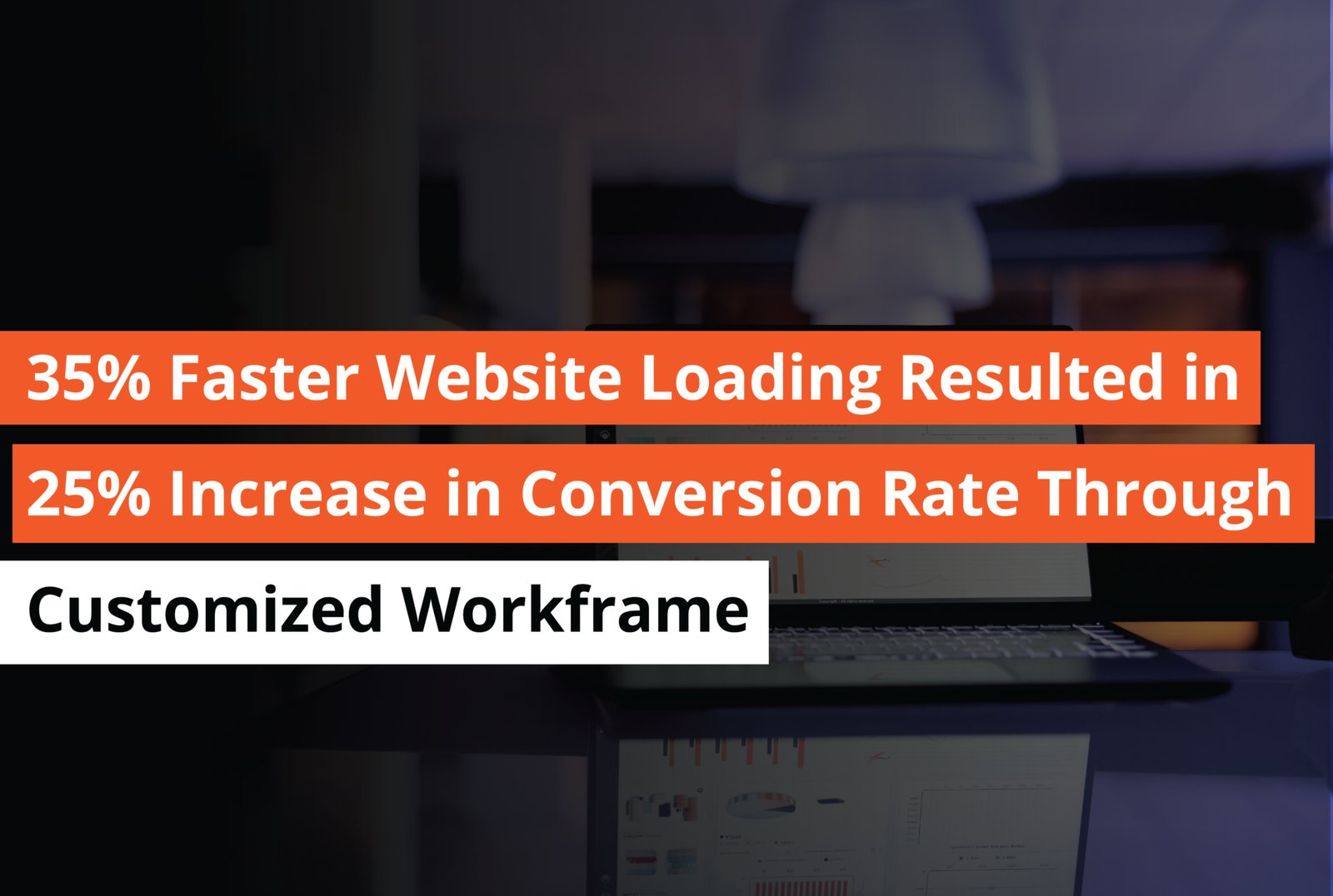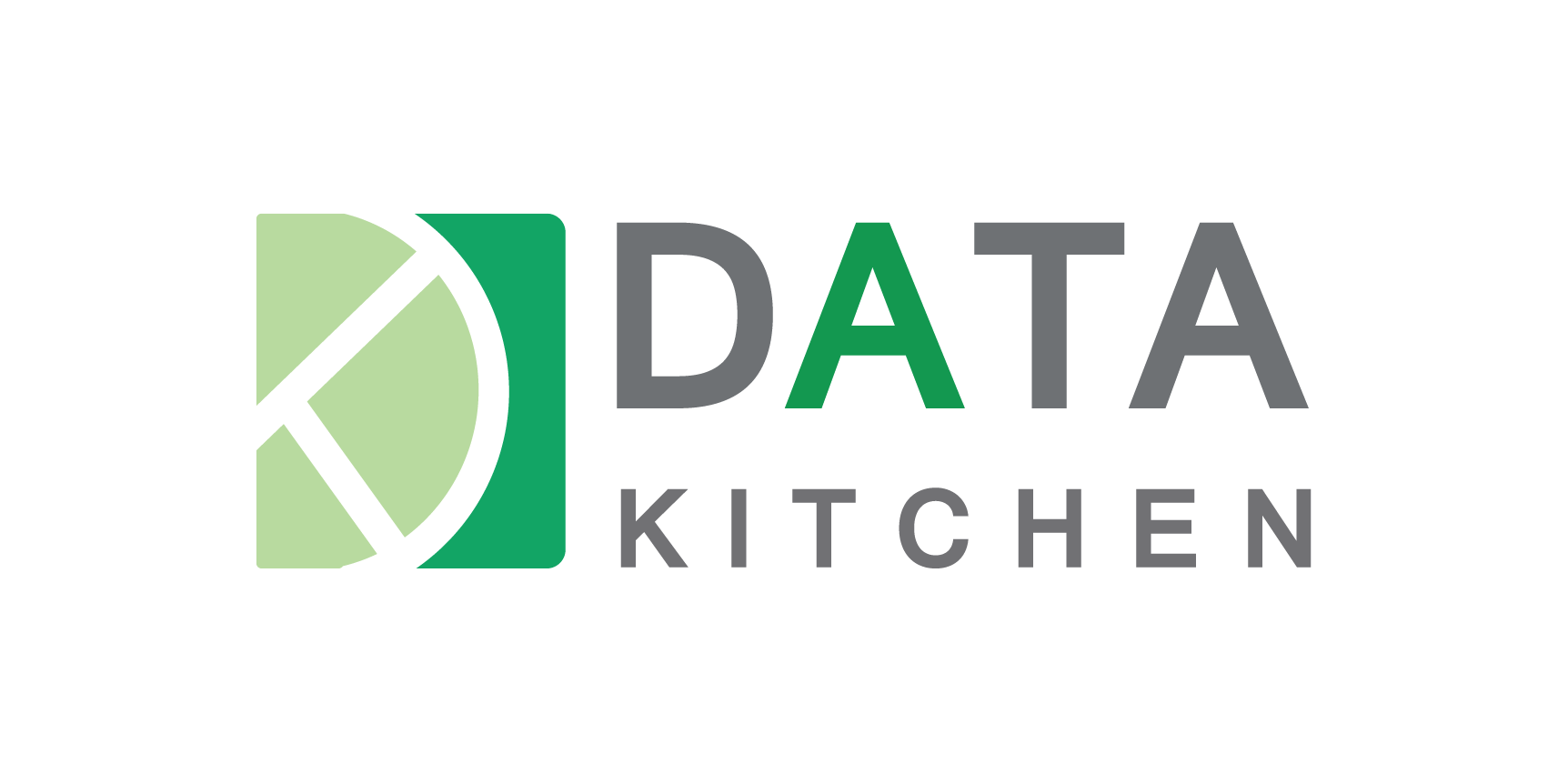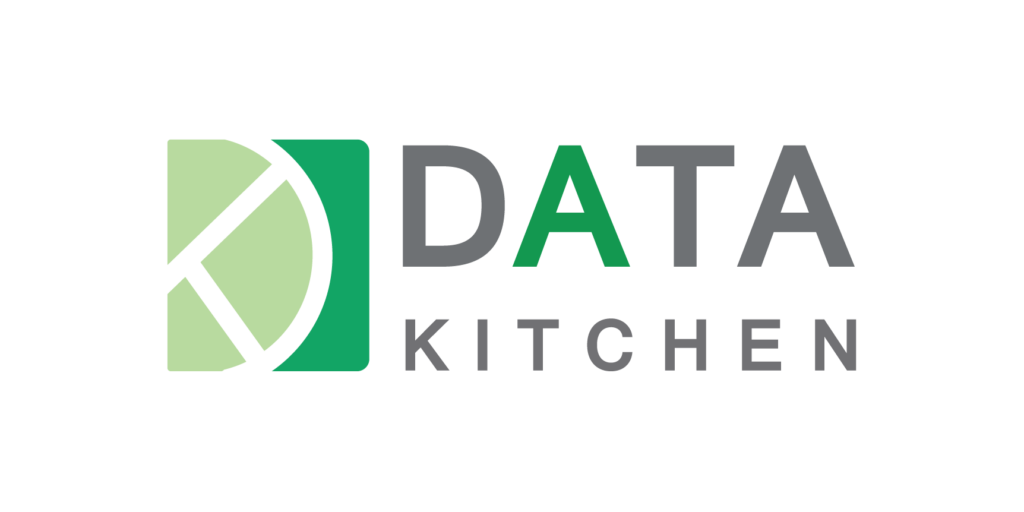Introduction:
The media and advertising industry has been changed by the influence of data. Companies now mostly rely on data-informed valuable information to understand audiences, optimize campaigns, and deliver personalized experiences. With advanced analytics and AI, businesses can predict consumer behavior. They can easily target ads more precisely and maximize their ROI. In this digital era, utilizing the data in the right way is the most important step for creating effective strategies and driving growth in an increasingly competitive landscape.
How Data Is Impacting Media and Advertising Industry

- Targeted Advertising: Data allows advertisers to understand audience demographics, preferences, and behaviors, enabling them to create highly targeted campaigns. This results in a higher return on ad spend (ROAS) and better customer engagement.
- Personalization: With data-informed insights, companies can deliver personalized content and ads to individual users, enhancing user experiences and increasing customer satisfaction. Personalized recommendations and tailored messages improve conversion rates and brand loyalty.
- Real-Time Campaign Optimization: Data analytics enable real-time monitoring of ad performance. Advertisers can make adjustments on the fly to improve champaign outcomes based on live feedback, ensuring cost efficiency and increased impact.
- Measurable ROI: Data-driven approaches provide clear metrics for measuring campaign success. Brands can track KPIs such as conversions, click-through rates, and customer lifetime value, which leads to more informed decision-making.
- Audience Insights & Market Trends: Data analytics offer in-depth audience insights and help identify emerging trends. Companies can stay ahead of market shifts, refine their strategies, and gain a competitive advantage.
Case 1: Targeted Advertising Using Look-Alike Modeling
Challenge: A media & advertising company wanted to expand their reach to new audiences but struggled with inefficient targeting of ads, which resulted in high customer acquisition costs.
Solution: The company implemented look-alike modeling using its customer data, which involved segmenting customers based on behavior, demographics, and purchasing patterns. They leveraged machine learning models to identify high-value segments and locate potential new customers who exhibited similar characteristics.
Results: The look-alike modeling approach increased ad targeting accuracy by 25% and reduced customer acquisition costs by 30%, while increasing the conversion rate by 20%. As a result, the company achieved better ROI on its marketing campaigns.
Case 2: Optimizing Ad Spend with Sales Lift Analysis
Challenge: An e-commerce business was uncertain about the impact of its digital advertising efforts on actual sales, making it difficult to justify ad spend and optimize its marketing budget.
Solution: Using advanced data analytics techniques, the company-built sales lift models to measure the direct impact of their ad campaigns on sales. The analysis isolated key variables influencing sales uplift, such as seasonal factors and geographic influences.
Results: By identifying which campaigns drove the highest sales lift, the company was able to reallocate 15% of its budget towards high-performing channels. This resulted in a 10% increase in overall revenue and a 12% improvement in return on ad spend (ROAS).
Case 3: Churn Prediction for Subscription-Based Service

Challenge: A subscription-based streaming platform faced high churn rates among its users, leading to a decline in its customer base and threatening its revenue growth.
Solution: The company leveraged machine learning algorithms to build a churn prediction model. By using historical customer data, the model identified customers at high risk of churn based on factors like engagement levels, subscription history, and content preferences. Targeted retention campaigns were then designed to re-engage these users.
Results: The company reduced churn by 18% through personalized offers and tailored marketing efforts, thereby increasing customer lifetime value (CLV) by 15% and achieving a 20% improvement in user retention rates.
Case 4: Personalized Content Recommendations for Better Engagement
Challenge: A digital media company struggled with low engagement rates and high bounce rates on its platform, impacting advertising revenue and user retention.
Solution: The company utilized collaborative filtering and neural network-based recommendation engines to provide personalized content to each user based on their viewing behavior, preferences, and interests. The system continuously learned from user interactions to refine recommendations.
Results: The personalized recommendation system resulted in a 35% increase in average session duration and a 40% rise in user engagement rates. Additionally, the company’s ad revenue grew by 25% due to increased user interaction and page views.
Case 5: Real-Time Ad Campaign Optimization Using A/B Testing
Challenge: A media agency lacked insights into the real-time performance of its ad creatives, leading to inefficiencies in ad campaigns and suboptimal conversion rates.
Solution: The company implemented an automated A/B testing framework using real-time data to compare different ad creatives, messaging, and landing pages. By monitoring key performance indicators (KPIs) in real-time, the system adjusted ad spend dynamically and promoted the best-performing creatives.
Results: The real-time A/B testing approach increased conversion rates by 15% and reduced the cost per conversion by 20%. The agency was able to provide data-backed recommendations to clients, resulting in a 10% increase in client retention and satisfaction.
Top 5 major benefits of using data in the media and advertising industry:

- Improved Targeting and Personalization: Data allows advertisers to segment audiences based on demographics, interests, and behaviors. This enables highly personalized ad campaigns that resonate with specific consumer segments, improving engagement and conversion rates.
- Improved ROI Measurement: Advanced analytics provide insights into campaign performance, helping brands assess the return on investment (ROI) of their advertising efforts. This enables better allocation of budgets to the most effective channels and strategies.
- Creative Optimization: By analyzing data from past campaigns, advertisers can identify which creative elements (e.g., visuals, messaging) perform best. This leads to continuous improvement in ad content, ensuring that creative strategies align with audience preferences.
- Predictive Analytics: Data-driven predictive models help brands anticipate consumer behavior and trends. By understanding future buying patterns, advertisers can proactively adjust their strategies and campaigns to meet evolving market demands.
- Real-time Campaign Adjustments: Data enables real-time monitoring of campaign performance, allowing for quick adjustments based on performance metrics. This agility helps brands optimize campaigns on-the-fly, ensuring maximum impact and efficiency.
Conclusion
Data is revolutionizing the media and advertising industry by allowing businesses to make informed, strategic decisions that enhance audience targeting, personalization, and performance measurement. The real-world case scenarios demonstrate how leveraging advanced analytics, machine learning, and real-time monitoring can optimize ad spend, reduce costs, and drive better results. As the industry continues to evolve, data’s role in refining audience insights and predicting consumer behavior will only grow, empowering companies to deliver more relevant and engaging experiences.
Wanna know how to create engaging ads with data? To become marketing pro in just few hours, register for Free POC now. Limited time offer, don’t miss out.
About Author

I’m Isha Taneja, and I love working with data to help businesses make smart decisions. Based in India, I use the latest technology to turn complex data into simple and useful insights. My job is to make sure companies can use their data in the best way possible.
When I’m not working on data projects, I enjoy writing blog posts to share what I know. I aim to make tricky topics easy to understand for everyone. Join me on this journey to explore how data can change the way we do business!
I also serve as the Editor-in-Chief at "The Executive Outlook"where I interview industry leaders to share their personal opinions and add valuable insights to the industry.
































